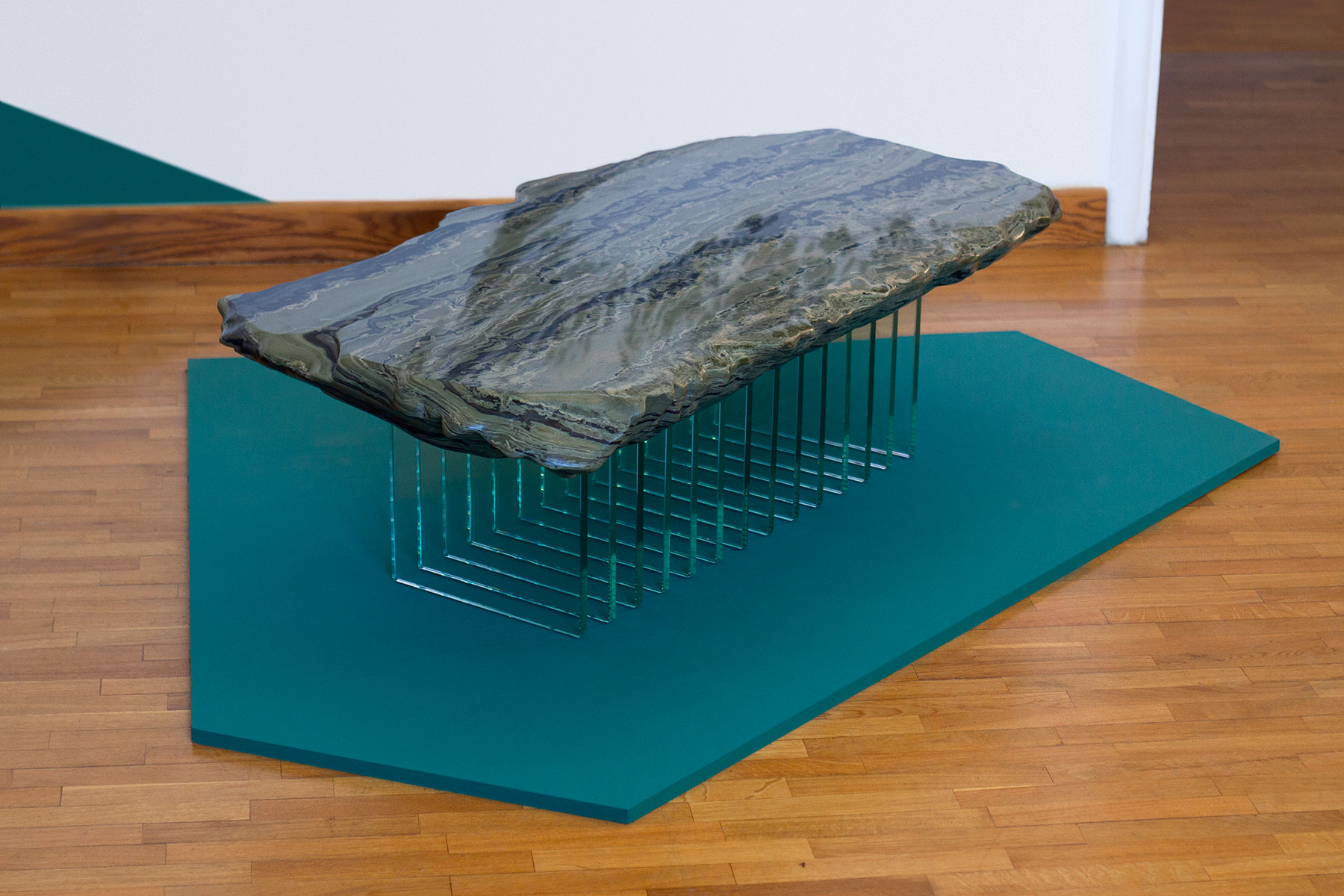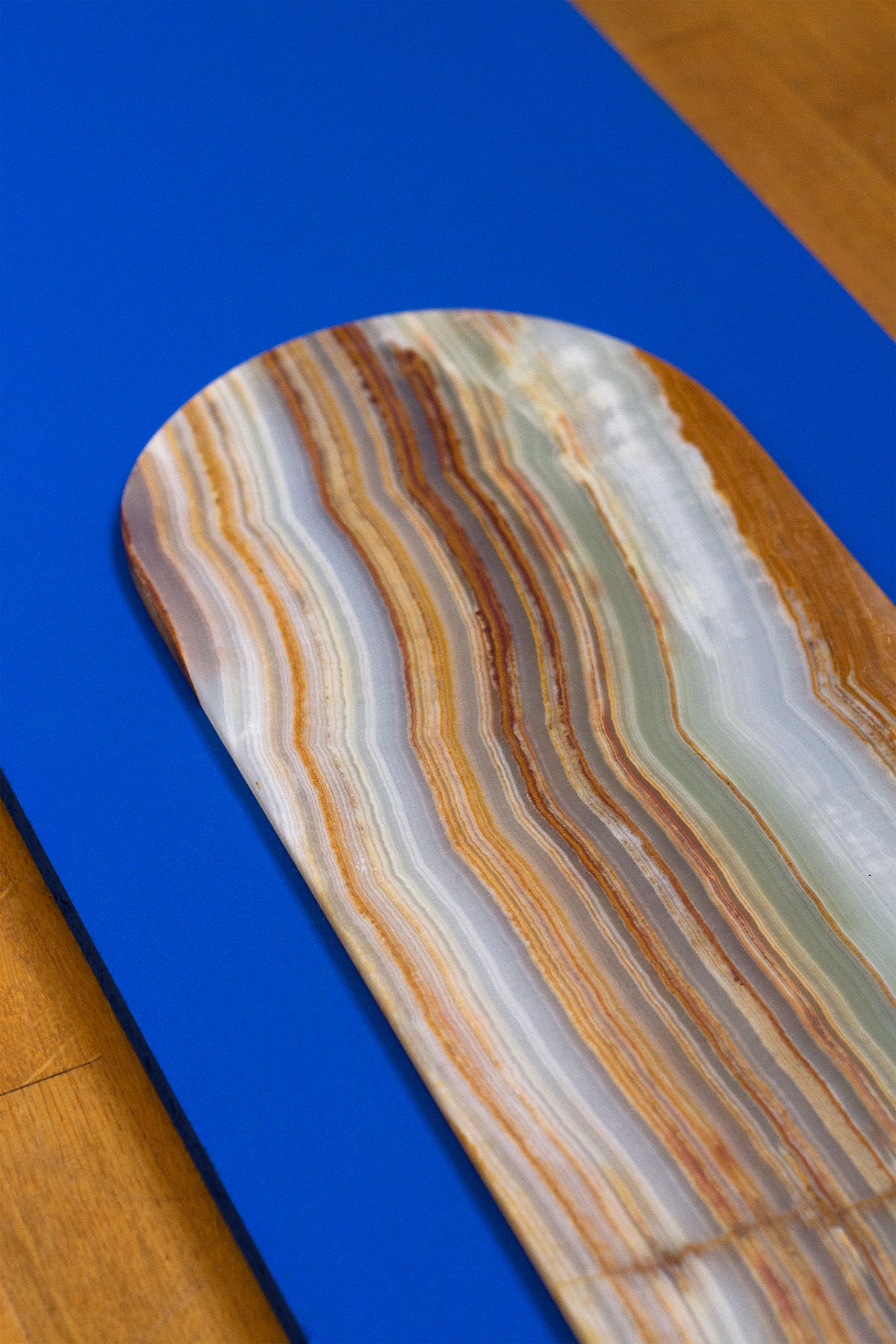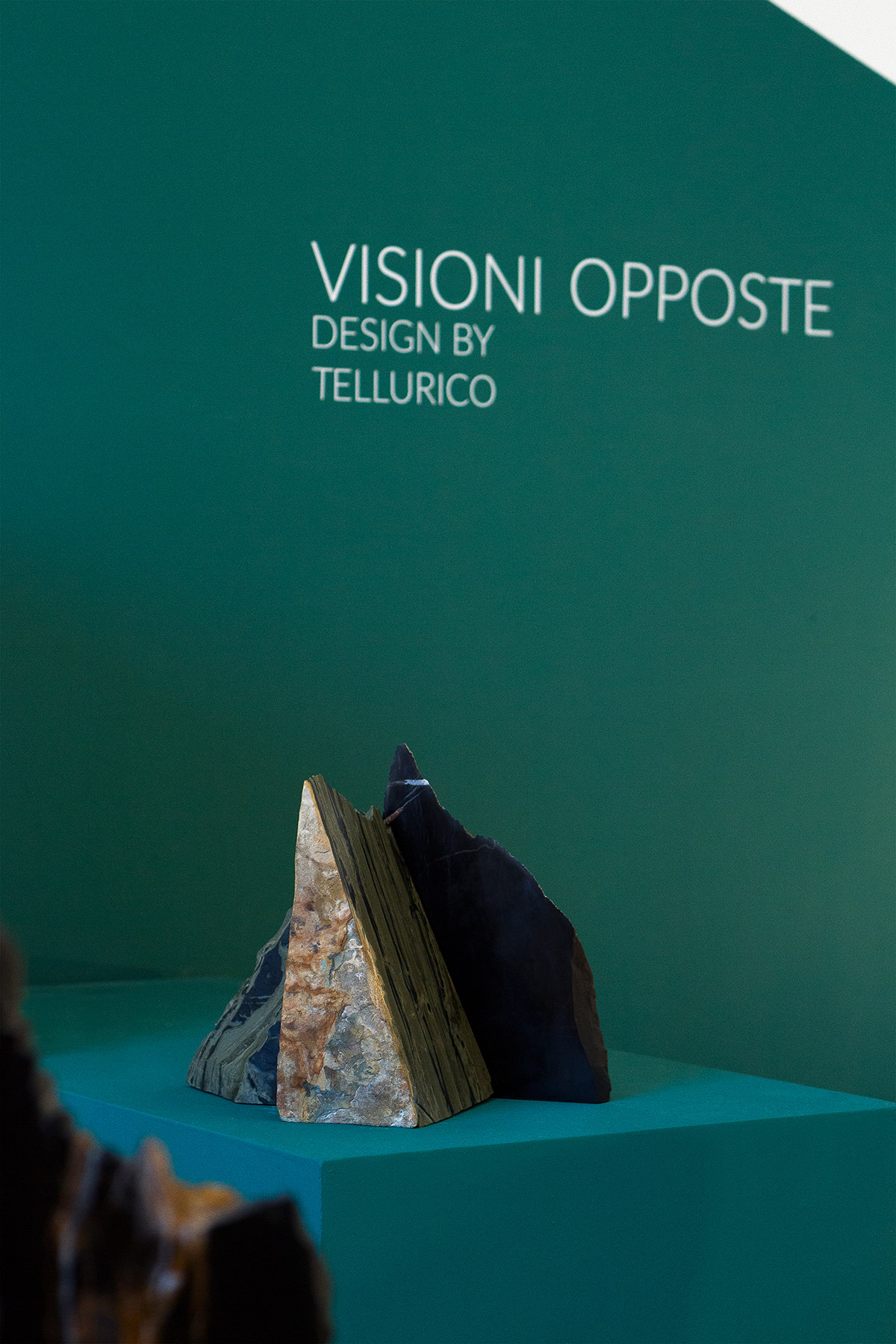VISIONI OPPOSTE
The relationship between craft and the environment is one with never ending ramifications. The question of what binds the objects of one place to the characteristic of the place itself is fascinating, but the answer elusive. The field of investigation is always expanding, as endless and unique as there are ways of life. One can wonder what is particular of Nordic culture that brought about the creation of Scandinavian furniture, or in which way the ceramic artisans of Portugal, through their craft, shaped the aesthetic of the country’s cities. Multi- layered questions that intertwine the historical, geological and social aspects of humanity as well as the every-day life of people.
How is the architecture of Beirut related to the city itself? Which are the materials that have built the scenario for the Lebanese way of life? What can one, as a foreigner, perceive of Lebanese culture’s historical, social and environmental influences? ‘Visioni opposte’ is a collection of objects designed by Tellurico for Joy Mardini Gallery, created through a 2 month residency hosted by Beirut Art Residency and showcased for the first time at the 2017 edition of the Beirut Design Week. It aims at raising this specific discussion, one tightly knitted to the location in which the process took place. But the particular gives way to the universal, and the question underlying remains just one: What can we gain as insight from exploring what binds human’s creativity to the community it is surrounded by?
Modern-day Beirut is a fascinating multi-layered city of endless contradictions and contrasts. Its bustling Downtown, that has transformed the remaining facades of a timeless city half- destroyed by civil war through the use of glass and metal; the hip Gemayzee neighbourhood, the Old Town proof of a once comfortable Mediterranean lifestyle, now exploding with night-venues and construction work; the Armenian neighbourhood, and the many unknown and unreachable less lucky parts of town seen through car windows stuck in constant traffic. Francesco Pace from studio Tellurico has used design as a tool to understand the identity of a place of unique complexity. Through a multi-disciplinary visual research of the city of Beirut it has created a collection of objects that makes a point of tangible view by using marble and glass. The new Beirut and the Old city, one pointing to the past, another to the future, sharing the same root. One of a million ways to shape the Earth. Behind the ways of Beirut, and at the centre of ‘Visioni Opposte’ lies the search for the emotional link that is created between us and the things we surround ourselves, the weather of our home-towns, the particular way something tastes and is done in the different corners of the world.
How is the architecture of Beirut related to the city itself? Which are the materials that have built the scenario for the Lebanese way of life? What can one, as a foreigner, perceive of Lebanese culture’s historical, social and environmental influences? ‘Visioni opposte’ is a collection of objects designed by Tellurico for Joy Mardini Gallery, created through a 2 month residency hosted by Beirut Art Residency and showcased for the first time at the 2017 edition of the Beirut Design Week. It aims at raising this specific discussion, one tightly knitted to the location in which the process took place. But the particular gives way to the universal, and the question underlying remains just one: What can we gain as insight from exploring what binds human’s creativity to the community it is surrounded by?
Modern-day Beirut is a fascinating multi-layered city of endless contradictions and contrasts. Its bustling Downtown, that has transformed the remaining facades of a timeless city half- destroyed by civil war through the use of glass and metal; the hip Gemayzee neighbourhood, the Old Town proof of a once comfortable Mediterranean lifestyle, now exploding with night-venues and construction work; the Armenian neighbourhood, and the many unknown and unreachable less lucky parts of town seen through car windows stuck in constant traffic. Francesco Pace from studio Tellurico has used design as a tool to understand the identity of a place of unique complexity. Through a multi-disciplinary visual research of the city of Beirut it has created a collection of objects that makes a point of tangible view by using marble and glass. The new Beirut and the Old city, one pointing to the past, another to the future, sharing the same root. One of a million ways to shape the Earth. Behind the ways of Beirut, and at the centre of ‘Visioni Opposte’ lies the search for the emotional link that is created between us and the things we surround ourselves, the weather of our home-towns, the particular way something tastes and is done in the different corners of the world.
-
Materials; Green Bamboo Granite, Tala Noir Marble, reinforced ultra-clear/black glass, Onyx.
-
Limited Edition: 6 + 1 A.P.
-
Years: 2017
-
Commisioned: Beirut Art Residency and Joy Mardini Design Gallery
- Realised: The Piece Maker Beirut and MARM Group
- Photo Courtesy of Tellurico Design Studio
- 1000 PIEDI -
The whole idea behind the series of objects is to try to represent the visual contradiction of the Beirut’s architecture. Contraction as a form of inspiration. The result in an unexpected way of using the glass, no more as an esthetic material but as a structural one. In Visioni Opposte the glass becomes the framework for the whole collection.



The ‘’MillePiedi’’ low table it was obtained from a big rock of green-bamboo granite. The shape is carved by hand following the natural curves of the stone. The fourteen feet are made out of ultra-clear glass, they are inserted in fourteen slots of five-centimetre depth and sealed with special silicon. Each one of the glass it has a15 mm thickness.
- PANCA -
Detail of the Tala Noir Marble. This marble coming from Tunisia, it has the characteristic to have a big quantity of copper in its molecular structure which that gives this particular veining. Dark black in the inner part and reddish on the skin.



Panca is a bench which is created combined a rough stone of marble chiseled by hand and armored 15 mm thickness dark glass cut by waterjet. In ‘’Panca’’ the glass does not only perform the function of a two person seat but also it creates the structure which brings together the two big stones of marble.
- ONYX -



The Onyx-Tray is realised using scrap stone from Marm Group Beirut. The shape comes from the necessity to do not add anything to the multi layered texture of the stone.

- INSTALLATION VIEW -
- Visual research on the architectural friction in the city of Beirut -




